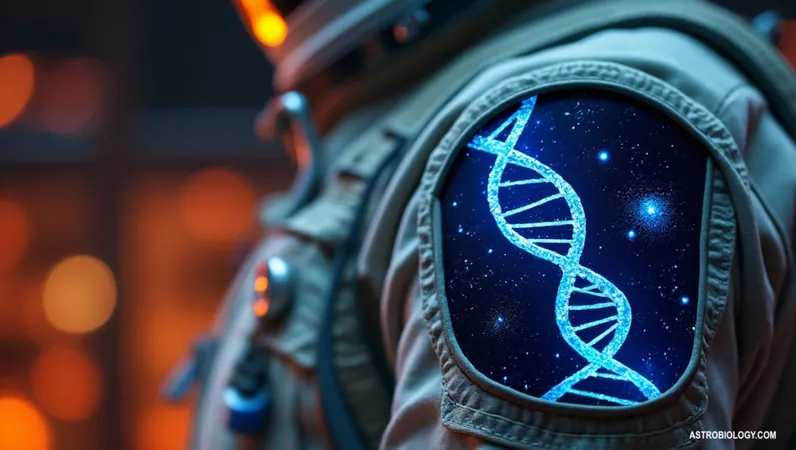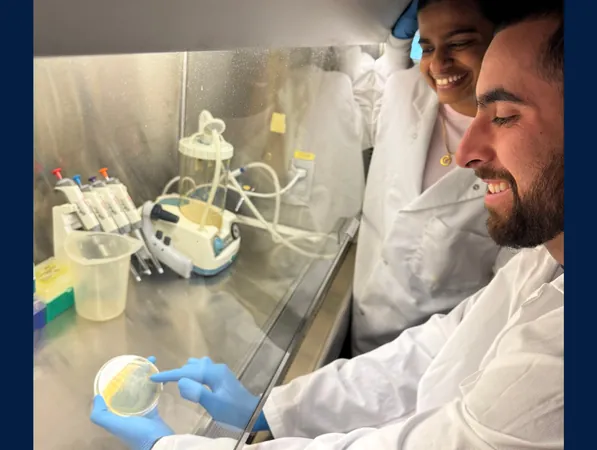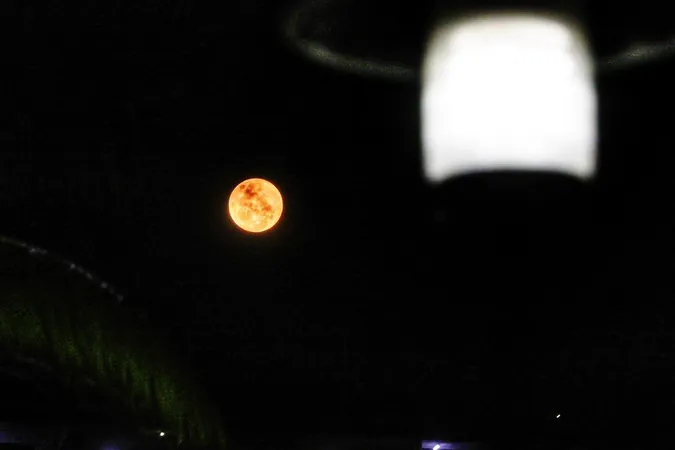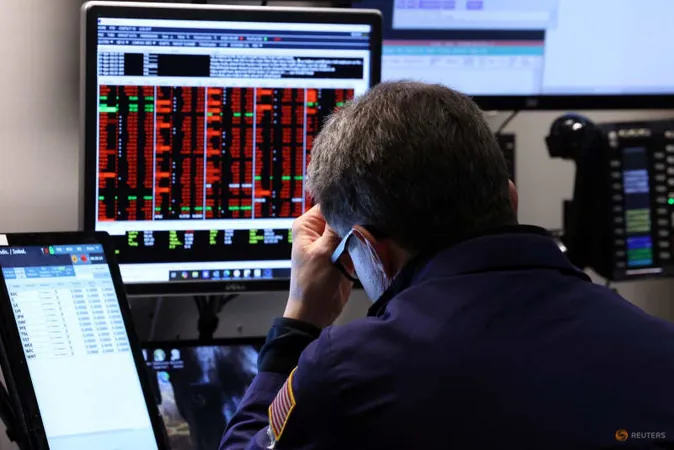
Breaking Discovery: Machine Learning Unlocks Secrets of Bacterial Evolution in Ancient Earth
2025-04-04
Author: Arjun
Introduction
In a groundbreaking study, researchers from the University of Queensland, in collaboration with esteemed global institutions, have harnessed the power of machine learning to unravel an astonishing timeline of bacterial evolution. Their findings reveal that certain bacteria began utilizing oxygen long before they had the ability to produce it through photosynthesis—a revelation that could revolutionize our understanding of early life on Earth.
Research Collaboration
This research, conducted in partnership with the Okinawa Institute of Science and Technology, the University of Bristol, and Queensland University of Technology, dives deep into the microbial responses during the Great Oxygenation Event (GOE), which transpired roughly 2.33 billion years ago. The GOE marks a pivotal transformation in Earth's atmosphere, transitioning from a largely anaerobic environment to one capable of sustaining aerobic organisms.
Challenges in Bacterial Evolution Studies
The quest to map the evolutionary trajectory of bacteria before, during, and after the GOE has presented significant challenges, largely due to the lack of fossil evidence left by microbial life. Unlike larger organisms, microbes rarely leave direct fossil records, complicating efforts to establish clear timelines of evolutionary changes. However, the innovative team tackled these challenges by merging geological and genomic data. Ancient rock formations hold chemical signatures that offer critical insights into ancient microbial activities, allowing scientists to piece together how these organisms survived and evolved over eons.
Methodology and Findings
A focal point of the study was using the GOE as a crucial temporal landmark. The researchers reasoned that most aerobic bacterial lineages were unlikely to have formed prior to this event unless bolstered by fossil or genetic proof. By meticulously reconstructing ancestral bacterial genomes, they identified which genes were present in primitive microbes and employed machine learning to predict their metabolic functions—including oxygen usage. This cutting-edge computational approach enabled them to estimate the evolutionary timeline of bacterial oxygen metabolism with impressive accuracy.
Enhancements Through Genomic Data
To enhance their analysis further, the researchers incorporated genes from mitochondria and chloroplasts—organelles closely related to alphaproteobacteria and cyanobacteria. These cellular structures provided additional data points, significantly improving the reliability of their evolutionary estimates. Findings revealed that at least three aerobic bacterial lineages thrived nearly 900 million years prior to the GOE, implying that the capacity to utilize oxygen emerged long before oxygenic photosynthesis became widespread.
Challenging Established Theories
Further intrigue surrounds the estimated transition to aerobic metabolism, purported to have occurred about 3.2 billion years ago within the cyanobacterial ancestor. This challenges long-held notions that aerobic metabolism predominantly developed after the onset of oxygenic photosynthesis, hinting instead that some bacteria may have adapted to use oxygen in localized niches where it was produced via non-photosynthetic processes before the atmosphere filled with this life-sustaining gas.
Implications of the Study
The study's integration of multiple technological advancements illustrates the profound capabilities of machine learning models in predicting ancestral metabolic traits, allowing researchers to derive functional characteristics from fragmented genetic data. This innovative marriage of computational techniques with evolutionary biology not only reconstructs pathways of bacterial oxygen metabolism but also opens doors to broader applications in microbiology, including the analysis of incomplete genomes to gauge traits such as antibiotic resistance—a critical issue in modern medicine.
Conclusion
By tying genomic data to Earth's geochemical history, the research showcases how advanced computational tools can fill gaps in the fossil record. The fusion of machine learning with evolutionary studies presents a compelling framework for grasping the long-term adaptations of microorganisms. This pioneering work not only shifts our understanding of how bacteria evolved to harness oxygen ahead of its buildup in Earth’s atmosphere but also enhances our insights into the environmental conditions that shaped the genesis of early life on our planet.
With potential implications for a vast range of scientific fields, including ecology, evolutionary biology, and medicine, the use of machine learning in this context represents a monumental leap forward in reconstructing ancient biological functions—heralding a new era in the exploration of evolutionary processes.





 Brasil (PT)
Brasil (PT)
 Canada (EN)
Canada (EN)
 Chile (ES)
Chile (ES)
 Česko (CS)
Česko (CS)
 대한민국 (KO)
대한민국 (KO)
 España (ES)
España (ES)
 France (FR)
France (FR)
 Hong Kong (EN)
Hong Kong (EN)
 Italia (IT)
Italia (IT)
 日本 (JA)
日本 (JA)
 Magyarország (HU)
Magyarország (HU)
 Norge (NO)
Norge (NO)
 Polska (PL)
Polska (PL)
 Schweiz (DE)
Schweiz (DE)
 Singapore (EN)
Singapore (EN)
 Sverige (SV)
Sverige (SV)
 Suomi (FI)
Suomi (FI)
 Türkiye (TR)
Türkiye (TR)
 الإمارات العربية المتحدة (AR)
الإمارات العربية المتحدة (AR)